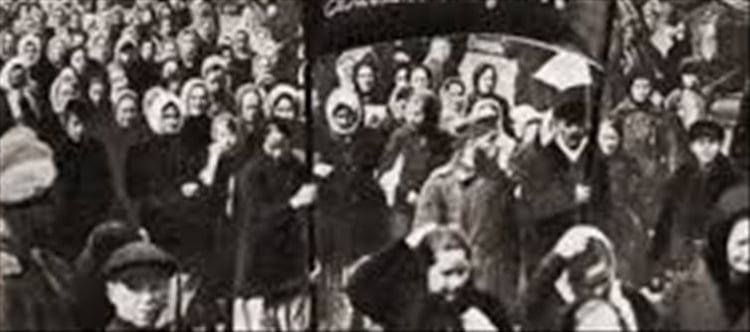
Women's Day result of 100,000 Russian women's protest!
The 100,000 Russian women’s protest in 1917 played a crucial role in establishing march 8 as international Women's Day. Their strike, which began on february 23, 1917 (Julian calendar, used in russia at the time, which corresponds to march 8 in the modern Gregorian calendar), was a key event in the lead-up to the Russian Revolution.
The 1917 Women's Protest: A Turning Point
On february 23, 1917 (March 8, today’s calendar), thousands of women, mostly textile workers, teachers, and housewives, took to the streets of Petrograd (now St. Petersburg).
They were protesting food shortages, poor working conditions, and the ongoing hardships of World war I.
The march quickly gained momentum, with over 100,000 women demanding “Bread and Peace”—bread to feed their starving families and peace to end the war.
They were soon joined by workers, factory laborers, and even soldiers, leading to mass demonstrations.
This protest sparked a series of uprisings that escalated into the february Revolution, which forced Tsar Nicholas II to abdicate—marking the beginning of the Russian Revolution.
How It Led to international Women's Day?
After the revolution, in 1921, Soviet russia officially declared march 8 as Women’s Day to honor the role of women in the uprising.
Inspired by this, the day gained global recognition. By 1977, the United Nations officially adopted march 8 as international Women’s Day, a global celebration of women’s achievements and struggles for equality.
The Russian women’s protest of 1917 remains a powerful example of how women’s activism can spark major political change.




 click and follow Indiaherald WhatsApp channel
click and follow Indiaherald WhatsApp channel